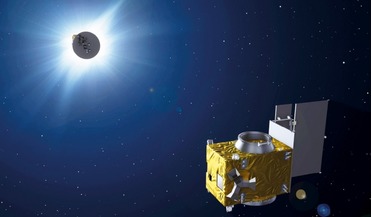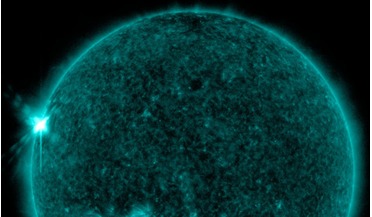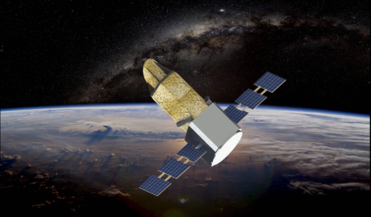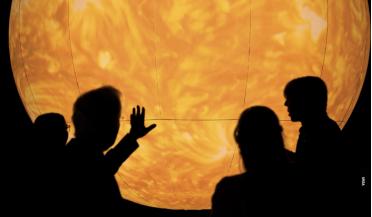 August 2018
Exoplanet census promises radical discoveries
August 2018
Exoplanet census promises radical discoveries
... when combined with the Kepler satellite’s statistical census of short period planets. A second WFIRST instrument, called a coronagraph, will provide our first chance to study the atmospheres of cool planets in wider orbits. It will demonstrate the...
 January 2019
Engineering six-hour solar eclipses with formation flying
January 2019
Engineering six-hour solar eclipses with formation flying
... ground is that they occur every 18 months or so, and only during a short period of time. As an alternative, space-flown ‘coronagraphs’ use an inner occulting disk to create artificial eclipses for a long period of time. However, due to their concept...
 10 May 2021
Sun's biggest outburst this cycle is sending solar storms to Earth and Mars
10 May 2021
Sun's biggest outburst this cycle is sending solar storms to Earth and Mars
...have been captured on camera by the Large Angle and Spectrometric COronagraph (LASCO) instrument housed on the joint NASA/ESA SOHO ... Sun, also caught the storms in action. After examining coronagraph data from STEREO-A (contact with STEREO-B was lost ...
 25 September 2017
Boldly going in search of another pale blue dot
25 September 2017
Boldly going in search of another pale blue dot
...’s scientific and technical expertise throughout the mission lifecycle is invaluable.” Project Blue will demonstrate and test coronagraph and wavefront technologies similar to ones currently being studied by NASA (for example LUVOIR and HabEX), that...
 August 2019
Lessons from the Sun
August 2019
Lessons from the Sun
... support converging interplanetary magnetic structures, the perfect set-up for enhanced SEP space radiation events. On-orbit coronagraphs allow forecasters to see most of the large, fast CMEs billowing into space and include their signatures...
 November 2025
Vantage Vigil - Europe’s first operational space weather mission nears approval
November 2025
Vantage Vigil - Europe’s first operational space weather mission nears approval
... Research Institute (US), it will monitor the middle solar corona for early signs of flare or CME activity Compact Coronagraph – built by the US Naval Research Laboratory for NOAA, this camera will track CMEs from their eruption...